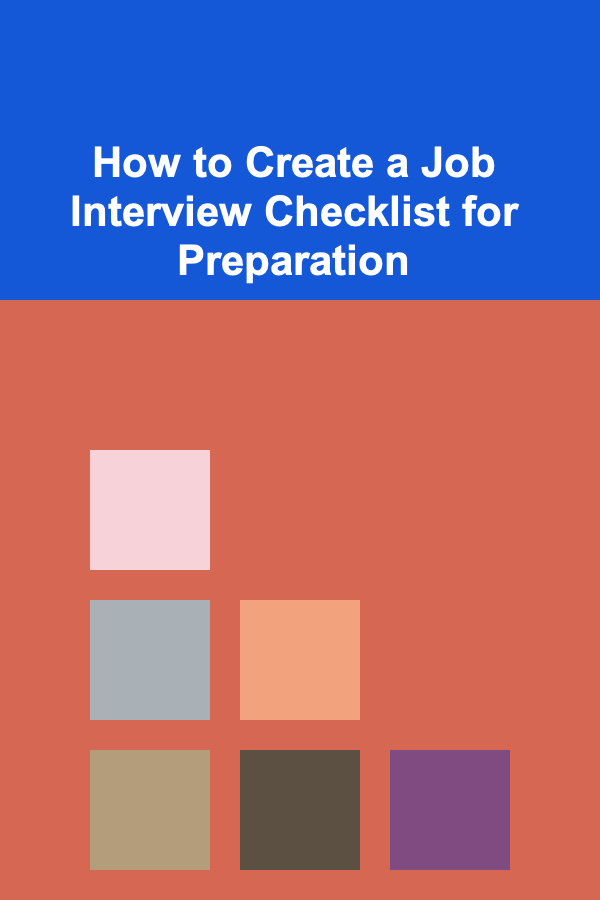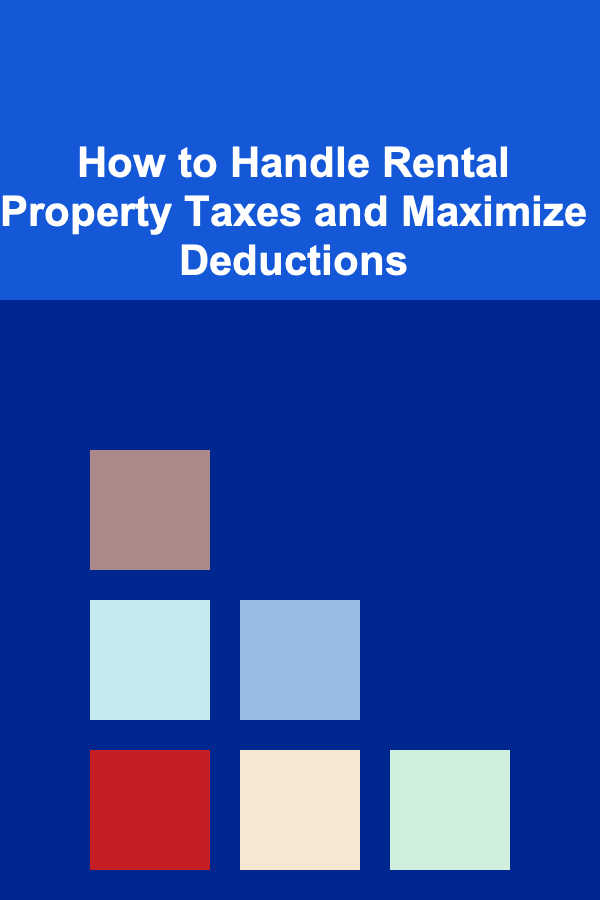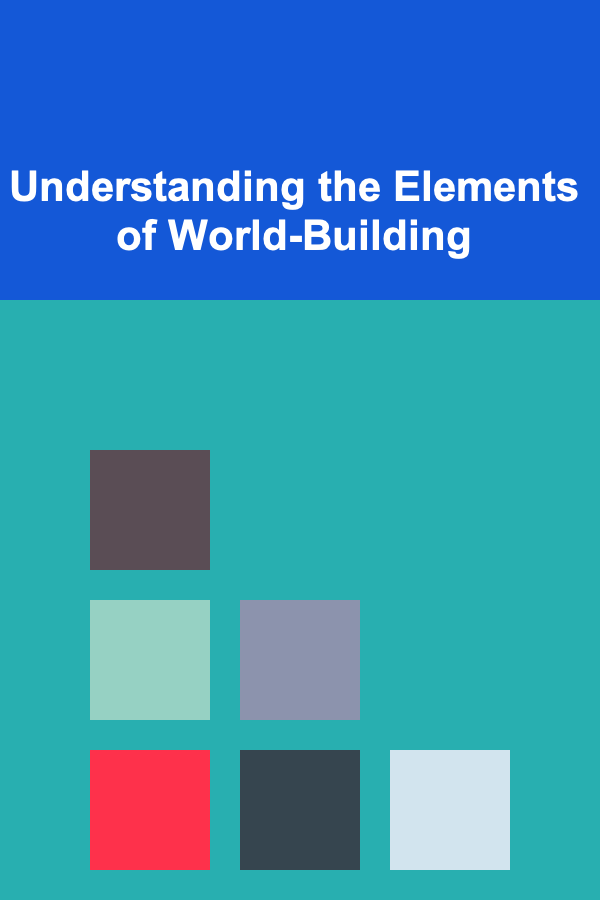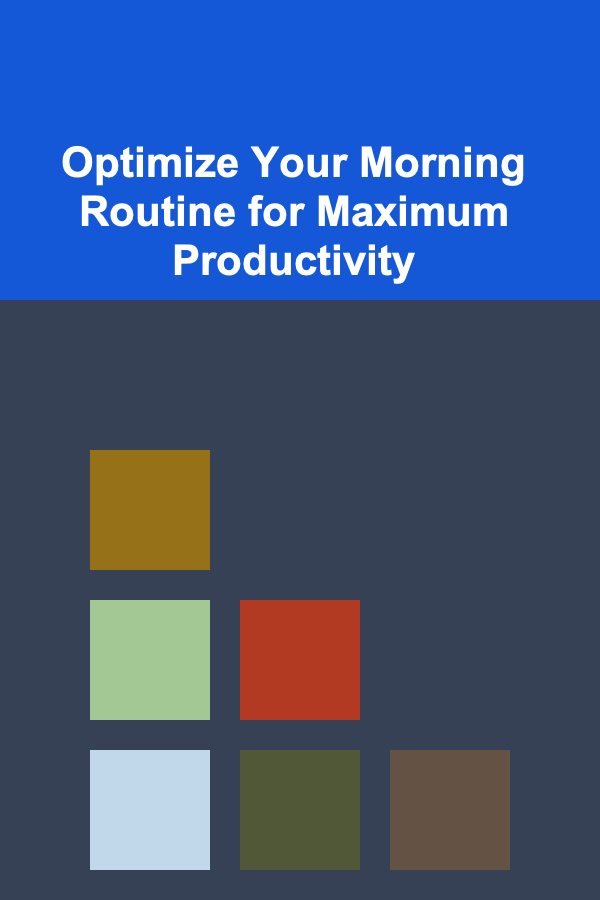
10 Tips for Planning a Pilates Routine with Limited Equipment
ebook include PDF & Audio bundle (Micro Guide)
$12.99$5.99
Limited Time Offer! Order within the next:
Not available at this time

Pilates is a highly effective exercise method that strengthens the core, improves flexibility, and enhances overall body awareness. Traditionally, Pilates routines make use of specialized equipment like reformers, cadillacs, and chairs. However, with the right mindset and creativity, you can still design an effective and challenging Pilates routine using minimal or no equipment at all. Whether you're practicing at home or in a studio with limited resources, these 10 tips will help you create a dynamic and engaging Pilates routine with limited equipment.
Focus on Bodyweight Exercises
One of the core principles of Pilates is to use controlled movements that focus on the quality of motion rather than the quantity or intensity of reps. When working with limited equipment, the best tool you have at your disposal is your own body. There is a wide range of bodyweight exercises that target the same muscles you would work with machines or props.
Tip:
- Start by incorporating classic bodyweight Pilates exercises like The Hundred , The Saw , The Roll-Up , and The Plank. These exercises are incredibly effective for engaging your core, strengthening your back, and improving flexibility.
Bodyweight exercises can be modified to suit different levels of difficulty, so they work for beginners and advanced practitioners alike.
Use a Mat to Your Advantage
A Pilates mat is a versatile tool that can be used for a wide range of exercises. Whether you're on a traditional Pilates mat or a yoga mat, this simple piece of equipment can support a full-body workout. Not only does the mat provide cushioning and support for your back, but it also serves as a guide for alignment during your exercises.
Tip:
- If you're working with limited equipment, start by using the mat for exercises like Roll-Ups , Leg Circles , and Side Lying Leg Lifts. The mat will help keep your body aligned and allow you to focus on proper form.
Don't underestimate the power of your mat -- it can be your primary tool for many foundational Pilates movements.
Incorporate Household Items as Props
When Pilates equipment like the reformer or Cadillac is unavailable, household items can serve as excellent substitutes. Simple objects like pillows, towels, and even chairs can be creatively used to enhance the effectiveness of your routine. Household props can be used to add resistance or to help you achieve better alignment and range of motion.
Tip:
- Towel: Use a towel to simulate the resistance you would typically get from the Pilates ring or resistance bands. Lay the towel on the floor, then place one foot or hand on top of it. As you pull it across the floor, you will work the muscles of the arms, core, and legs.
- Pillow: Use a pillow to elevate your head, support your back, or cushion your knees during certain exercises. For example, placing a pillow under your head during a roll-up or under your hips during a leg lift can provide additional comfort and challenge your core muscles more effectively.
The key is to think outside the box and use what you have around you creatively to support your workout.
Incorporate Resistance Bands
Resistance bands are an affordable and highly effective piece of equipment that can be easily incorporated into your Pilates routine. They come in a variety of resistance levels, making them suitable for both beginners and advanced practitioners. Resistance bands can mimic the functionality of the reformer, adding extra resistance to your movements and helping you build strength without bulky equipment.
Tip:
- Use resistance bands to target specific muscle groups like the arms, legs, and core. For example, Leg Presses with a resistance band are great for strengthening the lower body, while Arm Circles and Chest Openers with a resistance band engage the upper body and improve shoulder flexibility.
Resistance bands are portable, versatile, and can be adjusted to fit your fitness level, making them a great alternative to more expensive equipment.
Embrace Stability and Balance Challenges
Pilates is all about stability, and this principle can be applied when using limited equipment. Incorporating balance challenges into your routine will not only engage your core muscles but also improve your coordination and body awareness. You don't need a balance ball or balance board to create a challenging workout---use your body and environment to enhance your balance training.
Tip:
- Perform exercises like Single-Leg Circles , Planks , and Side-Lying Leg Lifts to challenge your balance and stability. Try performing some exercises while balancing on one foot, or add movements that involve controlled shifts in body weight.
Balance challenges not only make your workout more interesting but also help to engage deep stabilizing muscles that might otherwise be overlooked.
Work with Small Equipment: Pilates Ring or Soft Ball
While you may not have access to an entire Pilates studio of equipment, small props like the Pilates ring (also known as the magic circle) or a small ball can be incredibly effective for creating a dynamic routine with limited space and resources. These tools are affordable and can be used to target specific muscle groups or increase resistance.
Tip:
- Use a Pilates ring to engage your inner and outer thighs, chest, and arms. For example, holding the ring between your hands while performing Chest Expansions or Arm Circles can add extra resistance and enhance the workout.
- A small ball can be used to target the core by placing it between your knees or ankles during exercises like Roll-Ups or Bridges.
These small props provide additional resistance, helping you enhance your Pilates routine without needing large pieces of equipment.
Focus on Flexibility and Mobility
Flexibility and mobility are integral aspects of a Pilates routine, and you can improve them with minimal or no equipment. In fact, many Pilates exercises focus on elongating the muscles and increasing joint mobility. Stretching exercises not only help to improve flexibility but also reduce muscle tension and improve overall body alignment.
Tip:
- Incorporate Spine Stretch Forward , Saw , and Rolling Like a Ball to enhance flexibility in the spine, hamstrings, and hips. These exercises can be performed with just your body and a mat.
By placing emphasis on stretching and mobility, you can improve the effectiveness of your workout without needing advanced equipment.
Create Circuit Workouts for Full-Body Engagement
When working with limited equipment, you may find it helpful to create circuit-style workouts that target different areas of the body. This approach allows you to keep your routine dynamic and prevents monotony while ensuring you get a full-body workout.
Tip:
- Design a circuit that includes exercises targeting the arms, legs, core, and flexibility. For example:
- Roll-Ups for the core
- Plank Leg Lifts for the core and glutes
- Side-Lying Leg Lifts for the outer thighs
- Arm Circles with a Band for the shoulders
- Spine Stretch Forward for the spine and hamstrings
- Perform each exercise for a set number of repetitions or a timed interval (e.g., 30 seconds per exercise), and repeat the circuit 2-3 times.
Circuit training helps keep your workout engaging and ensures that you're working all major muscle groups effectively.
Use Controlled Movements and Breathing Techniques
Pilates emphasizes controlled movements, precision, and breath control, making it possible to have an intense workout without relying on heavy equipment. Focusing on form and breathing helps you engage the right muscles and get the most out of each movement.
Tip:
- Focus on slow, controlled movements throughout your exercises. For example, when performing Leg Circles, slow down the motion to engage your abdominal muscles and improve coordination.
- Utilize exhalation during the exertion phase of each exercise (e.g., when lifting or contracting muscles) and inhalation during relaxation or the return phase of the movement. This breathing technique helps deepen the engagement of your core muscles.
Proper breathing enhances the overall quality of your Pilates routine and ensures you're maximizing your body's potential during each movement.
Stay Consistent and Adjust as Needed
Finally, the key to building strength and improving flexibility with Pilates is consistency. By practicing regularly, you'll notice improvements in your technique, strength, and body awareness over time. Additionally, as you progress, you may find that your routine needs to evolve to challenge your muscles in new ways.
Tip:
- Start with a basic routine, and gradually increase the intensity by adding more repetitions, holding poses longer, or using additional props like resistance bands or a small ball.
- Always listen to your body and adjust your routine if certain exercises feel too easy or too challenging. Over time, try to incorporate a variety of movements that target different muscle groups to keep your body guessing.
Consistency, along with the ability to adjust and refine your routine, will help you continue to progress in your Pilates practice.
Conclusion
With limited equipment, creating an effective Pilates routine is completely achievable with the right planning and mindset. Focus on using your body weight, simple props like resistance bands and small balls, and creativity to design a workout that challenges your muscles, enhances flexibility, and engages your core. By embracing these 10 tips and staying consistent with your practice, you can experience the full benefits of Pilates without the need for expensive or bulky equipment.

How to Create a Drawer for Holiday Baking Supplies
Read More
How to Create a Job Interview Checklist for Preparation
Read More
How to Create Easy-to-Follow Craft Project Kits
Read More
How to Handle Rental Property Taxes and Maximize Deductions
Read More
Understanding the Elements of World-Building
Read More
Optimize Your Morning Routine for Maximum Productivity
Read MoreOther Products

How to Create a Drawer for Holiday Baking Supplies
Read More
How to Create a Job Interview Checklist for Preparation
Read More
How to Create Easy-to-Follow Craft Project Kits
Read More
How to Handle Rental Property Taxes and Maximize Deductions
Read More
Understanding the Elements of World-Building
Read More